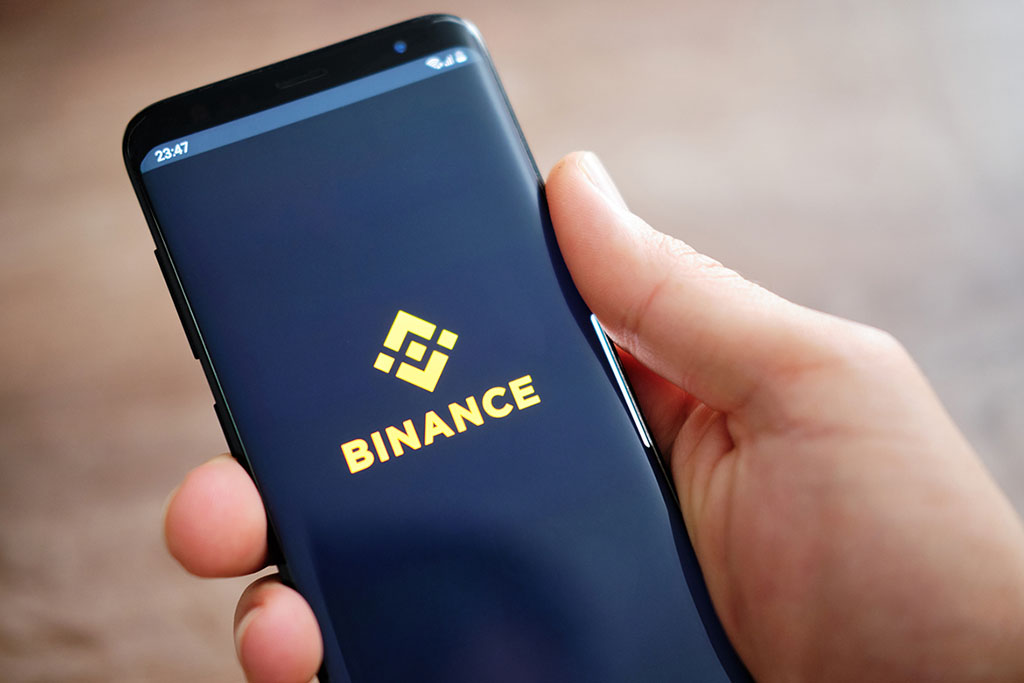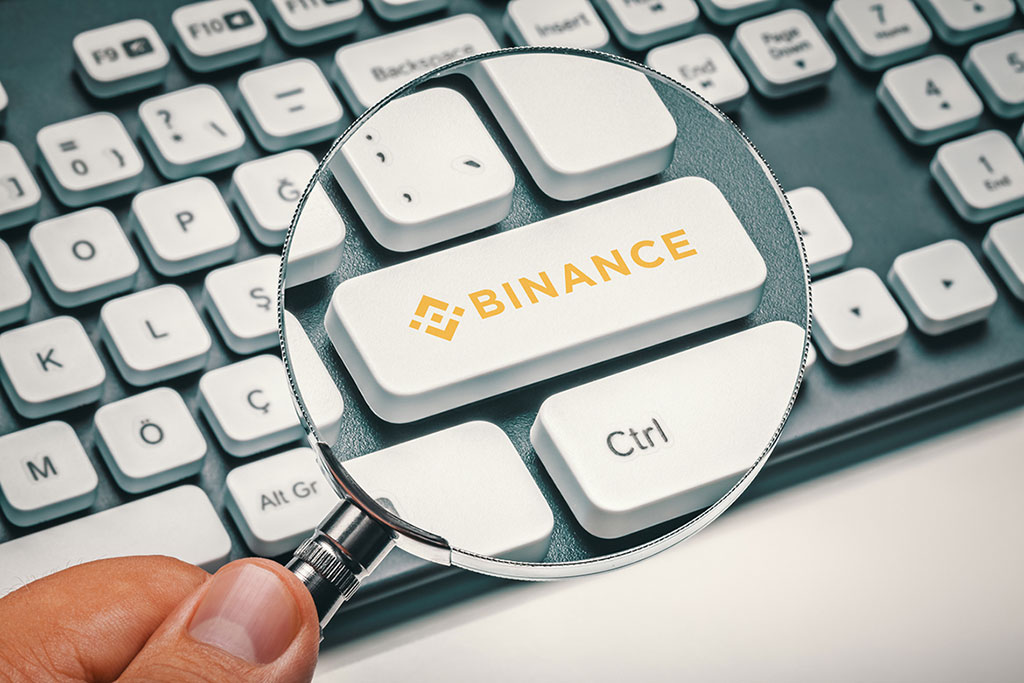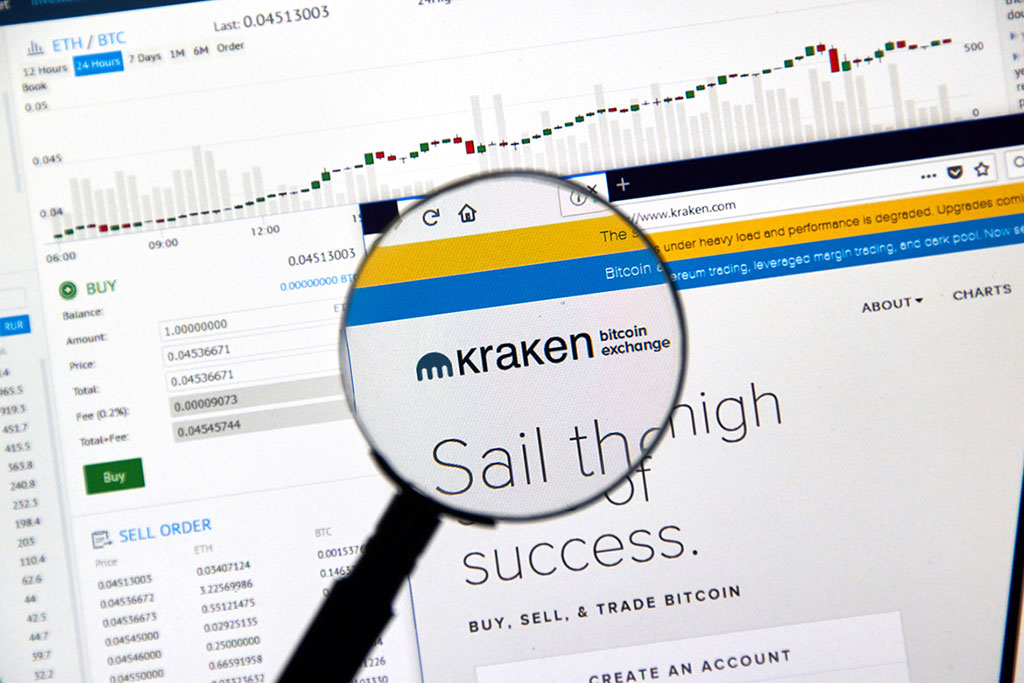
Binance to Autoconvert TORN, OMG, WAVES to USDC, Here’s Why
Binance has plans to sunset TORN, OMG and WAVES from its platforms through autoconversion to USDC.


1H
-0.08%$0.0002
24H
-1.11%$0.0022
7D
0.77%$0.0015
30D
-2.19%$0.0044

Binance has plans to sunset TORN, OMG and WAVES from its platforms through autoconversion to USDC.

This latest development comes barely 24 hours after OKX announced plans to remove some Bitcoin (BTC), Ethereum (ETH), and XRP trading pairs from its platform.

Binance has been carrying out a lot of this type of restructuring in recent weeks amidst the regulatory challenges it is facing.

Beyond the delisting plans, Binance recently introduced new features and improvements to its Web3 Wallet, its self-custody crypto wallet.

Kraken contends the SEC interpretation of the Howey Test and asks the court to dismiss the case against the exchange.
OMG Network (first developed as OmiseGO) is a non-custodial, Layer 2 scaling solution for transferring value on Ethereum. How the protocol processes transactions is centralized, but its Plasma-based design aims to decentralize network security. It also relies on Ethereum at its final arbitration layer. Most blockchain ecosystems are limited by low throughput, high and unpredictable transaction fees, and poor user experience. The project’s team believes these are barriers that need to be overcome before businesses and developers will adopt blockchain for real-world applications, leading them to develop the OMG Network.
The core security proposition of Plasma revolves around honest users being able to exit the child chain (in other words, withdraw funds to the root chain) at any time. To exit the child chain, a user submits an exit transaction – along with an exit bond – to the root chain. The exit is subject to a “challenge period,” during which any user can prove, if applicable, that the exit is invalid. If successfully shown to be invalid, the exit is not processed, and the challenger is awarded the exit bond. This exit game is solely dependent on the root chain.
As the child chain relies on the root chain to be its ultimate arbiter, it must periodically commit a hashed version of its state changes to the root chain by way of a smart contract. As opposed to submitting individual transaction data onto the root chain, the child chain bundles transactions into a Merkle tree and submits the root hash. Beyond these core elements, there is no prescribed configuration for a Plasma chain. They can take on different consensus protocols, block validation mechanisms, or fraud proofs. The design is adaptable to the use case. OMG Network is based on the Plasma MoreVP design, an extension of Minimum Viable Plasma optimized for the settlement of payments and value exchange between users and exchanges.
The original OMG Network team (under the OmiseGO name) co-authored the original Plasma white paper with Joseph Poon and was also the first project to perform an airdrop, a way to more widely share ownership of our token with the existing Ethereum community.
Simple Agreement for Future Tokens (SAFT) allows investors to inject money into a startup to convert that stake into equity in the future.

If you want to know what Grayscale Bitcoin Trust is and how it can be beneficial for you, read this guide.
